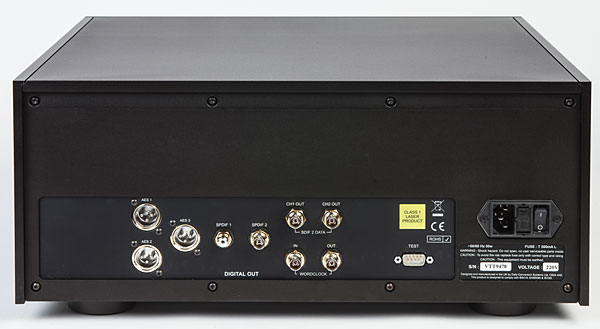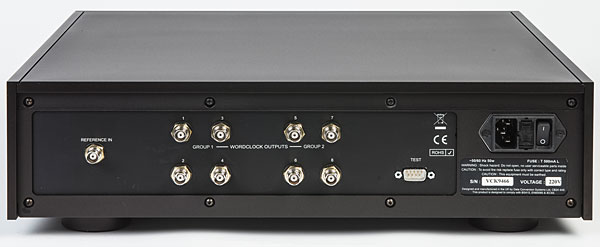| Columns Retired Columns & Blogs |
Nice review ... but one comment caught my eye:
> "dCS has configured the Vivaldi for the discless future"
The discless future??? Hmm .... according to the latest industry figures:
http://www.billboard.com/biz/articles/news/digital-and-mobile/5855162/digital-music-sales-decrease-for-first-time-in-2013
... downloads are already on the way down.
Current industry figures are:
* vinyl is 2% of album sales in the U.S;
* digital albums == 40.6% of album sales
* the CD is 57.2%
So, after 13 years of downloads, .... downloads themselves are being eaten up by even lower quality streaming, and physical formats remain dominant.
In summary: I think dCS will get their bread and butter from selling the hi-rez SACD player here ... Certainly, if I won the lottery, that's the component I would shoot for.








































